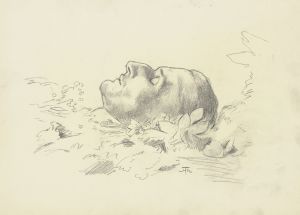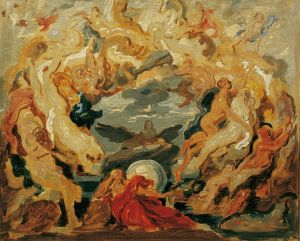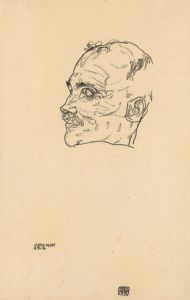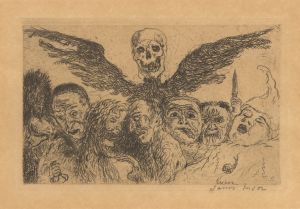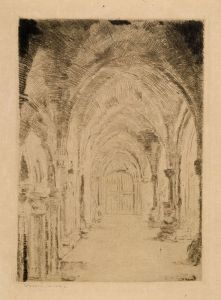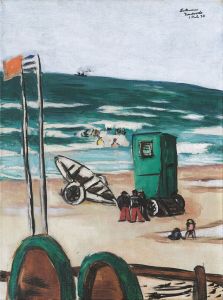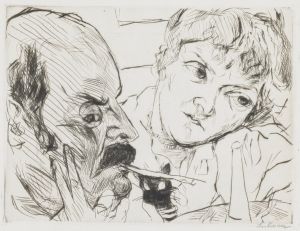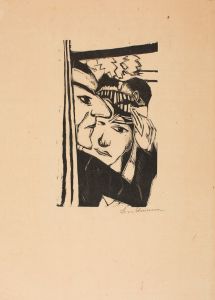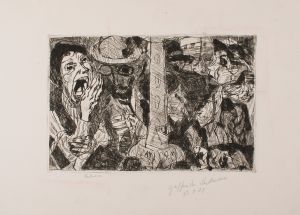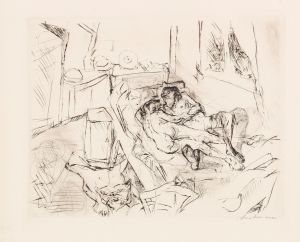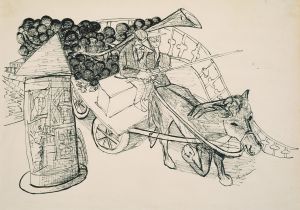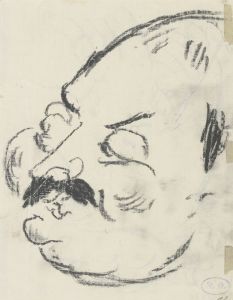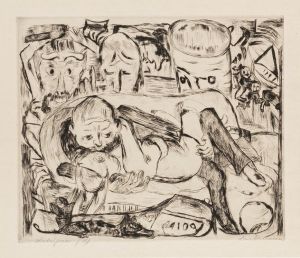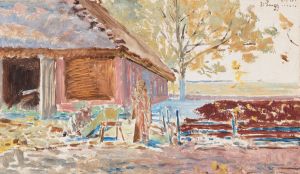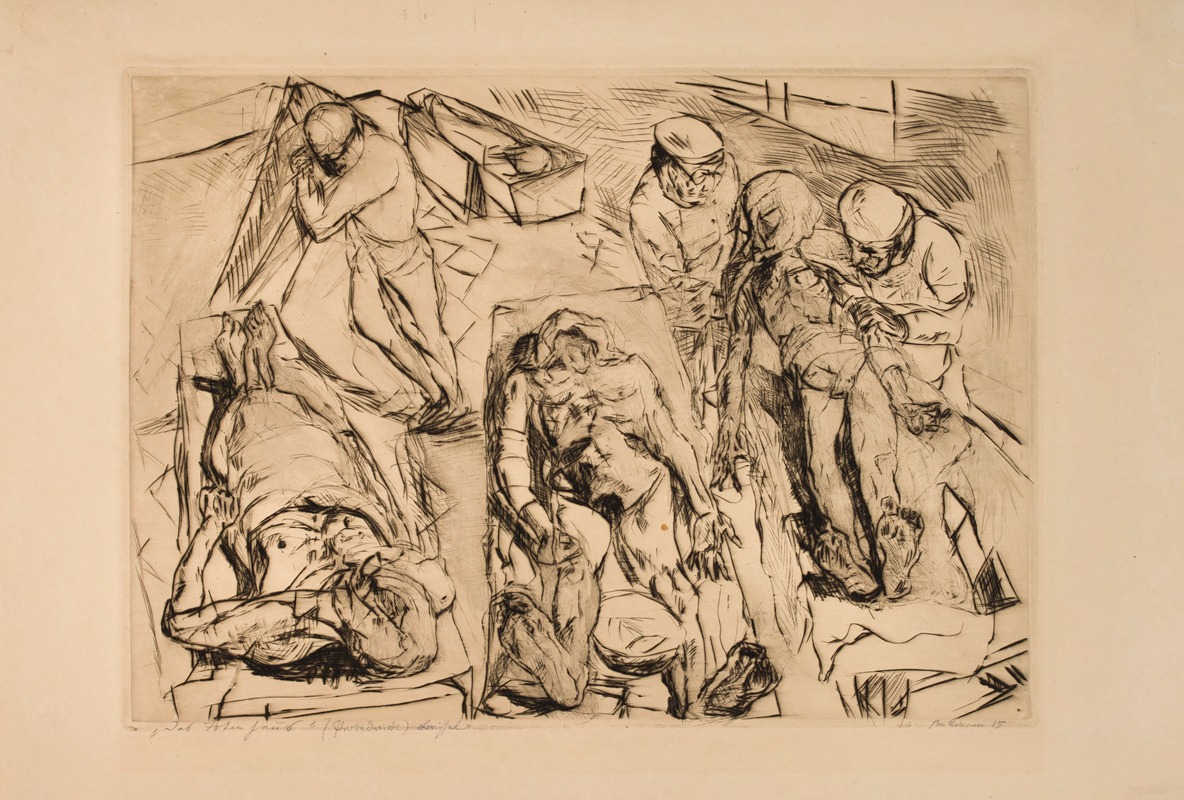
Morgue
A hand-painted replica of Max Beckmann’s masterpiece Morgue, meticulously crafted by professional artists to capture the true essence of the original. Each piece is created with museum-quality canvas and rare mineral pigments, carefully painted by experienced artists with delicate brushstrokes and rich, layered colors to perfectly recreate the texture of the original artwork. Unlike machine-printed reproductions, this hand-painted version brings the painting to life, infused with the artist’s emotions and skill in every stroke. Whether for personal collection or home decoration, it instantly elevates the artistic atmosphere of any space.
Max Beckmann's painting "Morgue" is a significant work that reflects the artist's response to the tumultuous events of the early 20th century. Created in 1906, "Morgue" is an oil on canvas that exemplifies Beckmann's early exploration of themes that would dominate his later works, such as death, existential anxiety, and the human condition. This painting is often noted for its stark and unflinching portrayal of mortality, a subject that Beckmann would revisit throughout his career.
Max Beckmann was a German painter, draftsman, printmaker, and sculptor associated with the New Objectivity movement, which emerged in Germany in the aftermath of World War I. Although "Morgue" predates this movement, it foreshadows the themes and stylistic elements that Beckmann would later develop. The painting is characterized by its dramatic use of color and form, which conveys a sense of immediacy and emotional intensity.
"Morgue" depicts a scene within a mortuary, presenting the viewer with a direct confrontation with death. The composition is marked by its somber palette and the stark depiction of figures, which are rendered with a sense of realism that is both unsettling and poignant. Beckmann's use of light and shadow in the painting enhances the dramatic impact, drawing the viewer's attention to the lifeless bodies and the somber atmosphere of the morgue.
The painting reflects Beckmann's interest in exploring the darker aspects of human existence, a theme that was influenced by his personal experiences and the broader socio-political context of the time. The early 20th century was a period of significant upheaval, marked by rapid industrialization, social change, and the looming threat of war. These factors contributed to a sense of uncertainty and existential dread, which Beckmann captured in his work.
Beckmann's "Morgue" can be seen as a precursor to his later, more mature works, where he continued to explore themes of death, suffering, and the human condition. His experiences during World War I, where he served as a medical orderly, further deepened his engagement with these themes. The war had a profound impact on Beckmann, leading to a shift in his artistic style and subject matter, as he sought to grapple with the horrors he had witnessed.
While "Morgue" is not as widely known as some of Beckmann's later works, it remains an important piece in understanding the development of his artistic vision. The painting is a testament to Beckmann's ability to confront difficult subjects with honesty and intensity, qualities that would define his career and establish him as one of the leading figures of 20th-century art.
In summary, Max Beckmann's "Morgue" is a powerful early work that encapsulates the artist's engagement with themes of death and the human condition. Through its stark realism and emotional depth, the painting offers a poignant reflection on mortality, setting the stage for Beckmann's later explorations of similar themes in his art.





